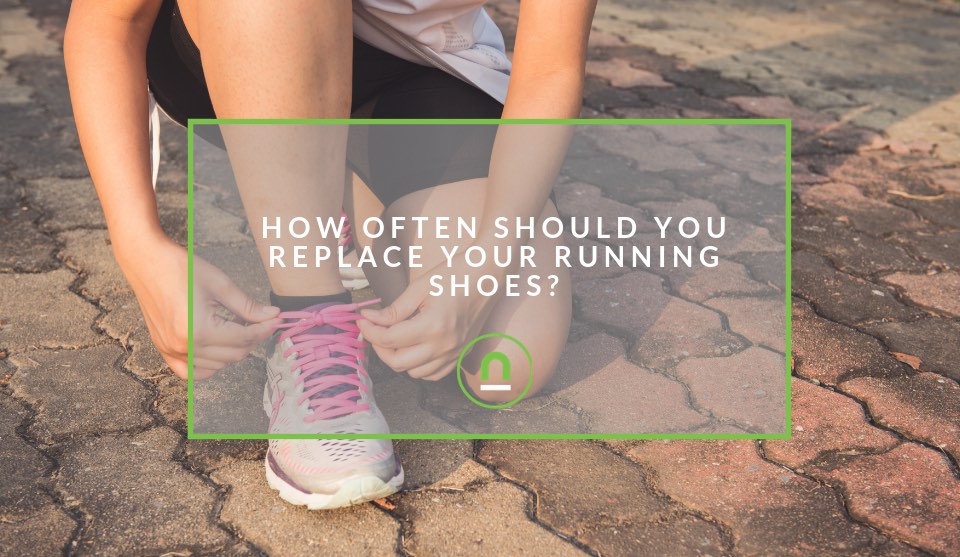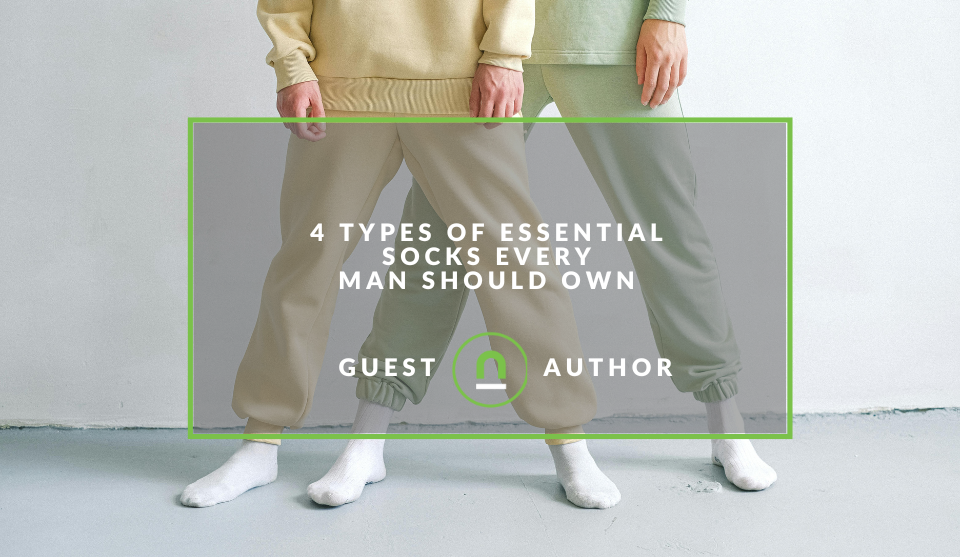Recent posts

Money Talks
Everything You Need to Know About SASSA Status Check
13 April 2025

Mind, Body & Soul
The Genetic Diversity of Cannabis Seeds
12 April 2025

Money Talks
How Small Businesses Can Leverage Blockchain Technology
02 April 2025

Industry Experts
Mastering Personalization in Digital Marketing
31 March 2025
Popular posts
Extravaganza
Trending Music Hashtags To Get Your Posts Noticed
24 August 2018
Geek Chic
How To Fix iPhone/iPad Only Charging In Certain Positions
05 July 2020
Extravaganza
Trending Wedding Hashtags To Get Your Posts Noticed
18 September 2018
Money Talks
How To Find Coupons & Vouchers Online In South Africa
28 March 2019
When Should You Be Replacing Your Running Shoes?
17 April 2019 | 0 comments | Posted by Che Kohler in Athletes
Running is a very personal form of exercise and you either love it or you hate it. It is easy to fall off the tracks if you don't absolutely love it or you're completely committed to it. To get the most out of your running you need to invest in high-quality footwear and don't skimp especially if you're doing road or trail running. Heading to the store to find a good shoe can easily overwhelm any runner and finding the perfect running shoe can be a tough endeavour with hours of background research, consulting experts and trying on and trying out several pairs.
Having to put in all that effort to find the right shoe along with all the kilometres you cover it will ensure you become attached to that pair. Runners usually don't part ways easily when they find the best running shoes for them. But, even if they feel irreplaceable and as valuable as diamonds, running shoes are not like diamonds, they do not last forever.
Even the best of the best can only take so much, but how do you know for sure, when it’s time to replace your running shoes?
The Myth of Mileage
A shoe’s expected mileage lies somewhere between 400 kilometres up to 2400 kilometres depending on the use and quality of the shoe. It becomes quickly evident that a shoe’s lifespan just depends on the runner. The bigger the runner the more likely they are to generally go through shoes faster than smaller runners since extra poundage compresses the shoes’ internal EVA foam more quickly.
Likewise, runners with less-efficient form who pound the pavement with each step tend to wear out shoes faster than those who are light on their feet. And of course, the environment makes a difference. Rough terrain or loose asphalt tear up shoes faster than grass or well-kempt trails.
So if wear and tear or an amount of kilometres is not the way to judge the health of your running shoe, then what is? Well, the comfort of course, while this might not be the scientific method you were looking for, its still the most accurate.
It Comes Down to Comfort
Every runner has a different weight and foot strike, both of which affect the cushioning of shoes in various ways (For instance, a heavier runner who runs on their heels may wear out the shoe cushioning faster than a light runner who runs on their toes.). To eliminate all those kilometres of guesswork, here are some quick signs that those running shoes need to be replaced:
1. Try the press test
Press a thumb into the centre of the shoe, where the midsole is. If the midsole feels tough and unyielding (rather than cushy with some "give"), then it may be time for a new pair.
2. Look for signs of creasing in the sole
Look at the midsole, then use your thumb to press on the outsole into the midsole. When the midsole shows heavy compression lines before you press into it, and doesn't compress much when you press into it, that's a sign that the cushioning is pretty much worn out.
3. Pay attention to aches and pains
While some say pain is weakness leaving the body, others say it’s an indication that something is wrong. A little twinge at the bottom of a foot could be your body's way of saying that a shoe is past its prime.
4. Compare new shoes with old ones
Trying on an old pair of shoes immediately before trying on a new pair gives runners a direct comparison of which feels better. Once an old pair of shoes stop feeling comfortable, it may be time to change it out.
While many runners these days hit the road barefoot or in minimalist shoes with almost no cushioning at all, those athletes who opt for cushioned shoes would do well to remember that the cushion can only last for so long. Replacing shoes regularly should help keep runners comfortable and healthy for the long haul.
Tell us your running story
Have you had to replace your running shoe recently? How often do you replace yours? Do you have any tips you would like to share? Leave them down below in the comments.
Find sport-related businesses with nichemarket
If you're looking for someone to help you with your sports needs then check out sports suppliers listed with nichemarket.
List your sport-related business for FREE
You can add sports equipment store or sports club with nichemarket. Create your free business listing on nichemarket. The more information you provide about your business, the easier it will be for your customers to find you online.
If you require a more detailed guide on how to create your profile or your listing, then we highly recommend you check out the following articles.
Recommended reading
If you enjoyed this post and you have some time to spare then why not dive deeper down the rabbit hole with these related articles.
- GoPro: capturing your adventures on the go
- Earn Cryptocurrency For Staying Fit & Tracking Your Performance
- Where To Buy The Best Sneakers In South Africa
You might also like
Mastering Personalization in Digital Marketing
31 March 2025
Posted by Željka Ristic in Industry Experts
We look at the best content marketing tools to boost engagement and growth and build sustainable marketing campaigns that drive users to take action
Read more4 Types of Essential Socks Every Man Should Own
25 March 2025
Posted by Candice Reed in Fashionista
Upgrade your sock drawer! Discover the four essential sock types every man needs for style & comfort. From dress to athletic, we've got your needs co...
Read more{{comment.sUserName}}
{{comment.iDayLastEdit}} day ago
{{comment.iDayLastEdit}} days ago
 {{blogcategory.sCategoryName}}
{{blogcategory.sCategoryName}}

